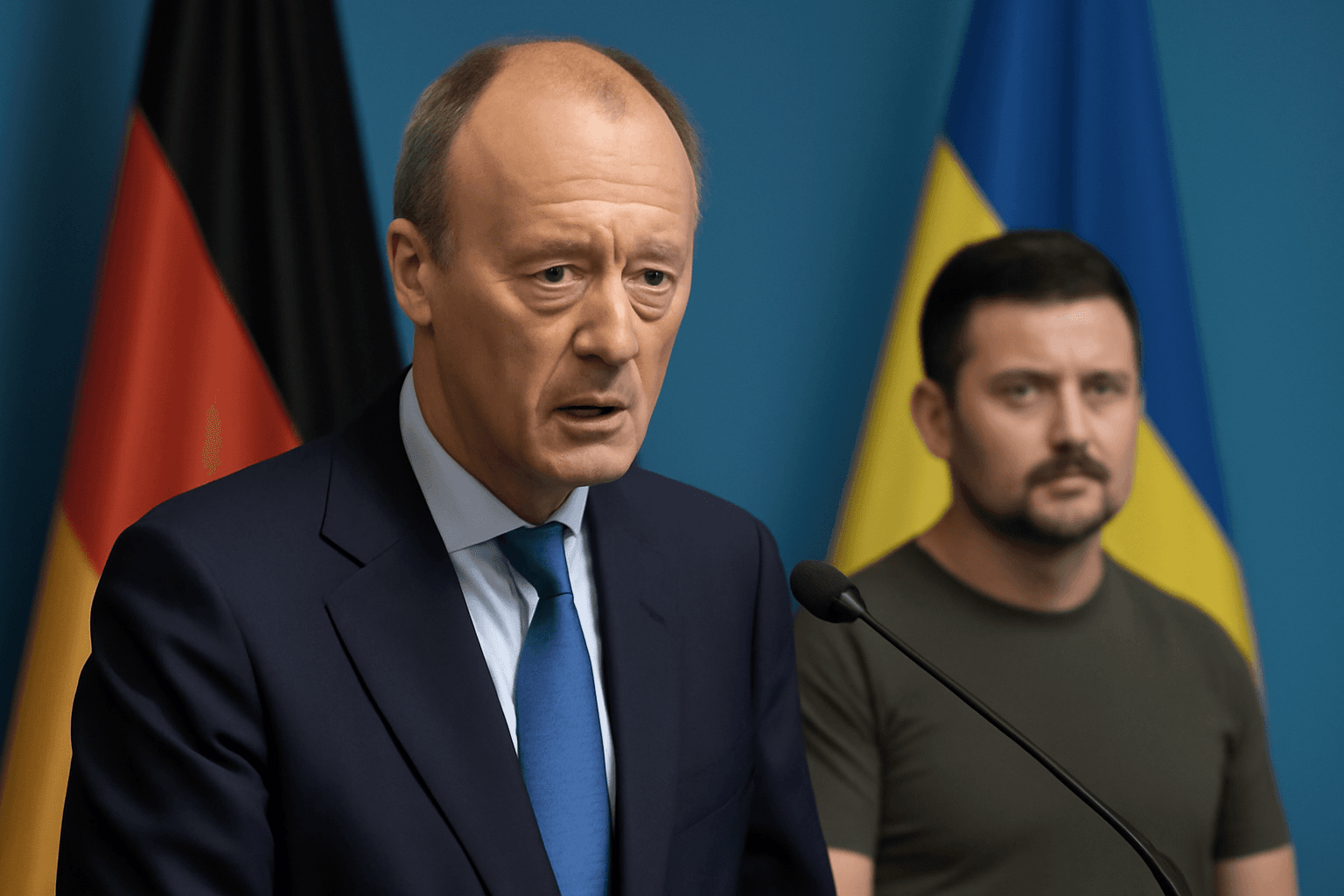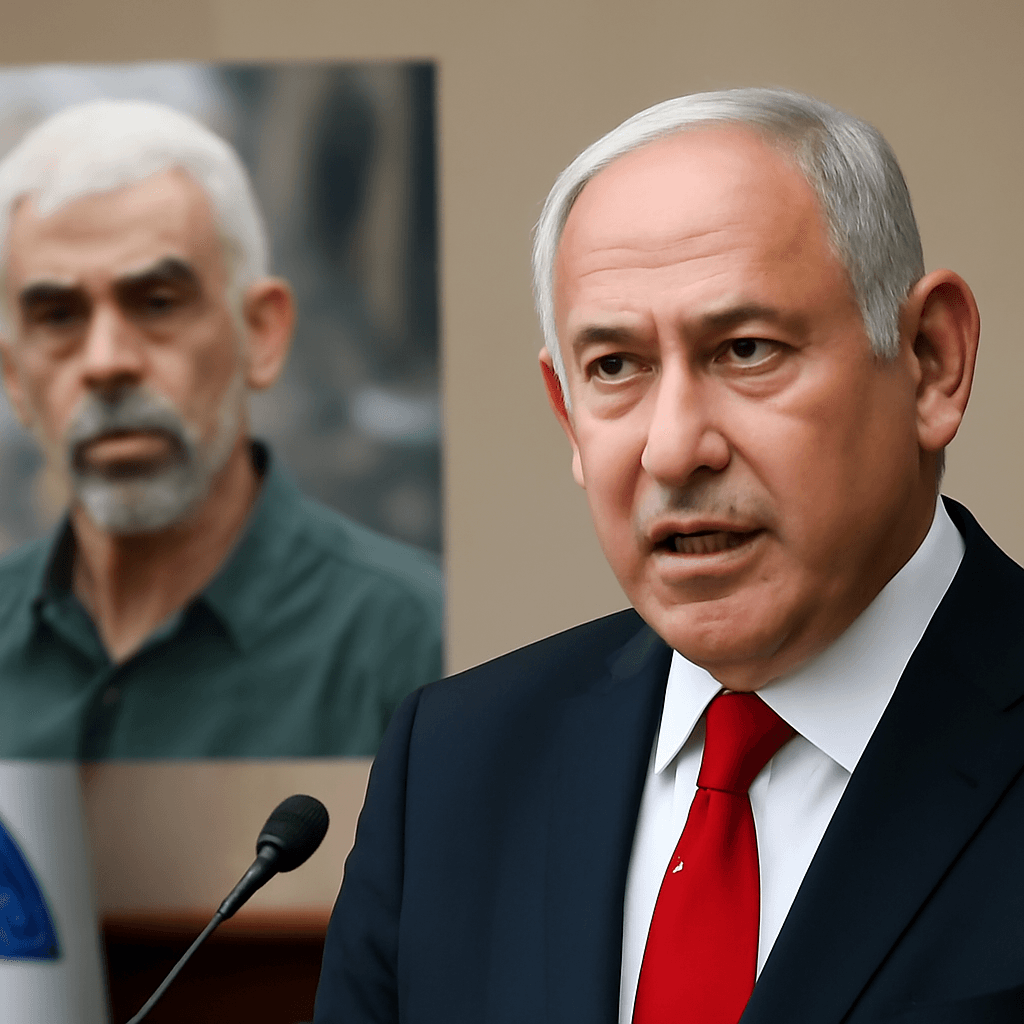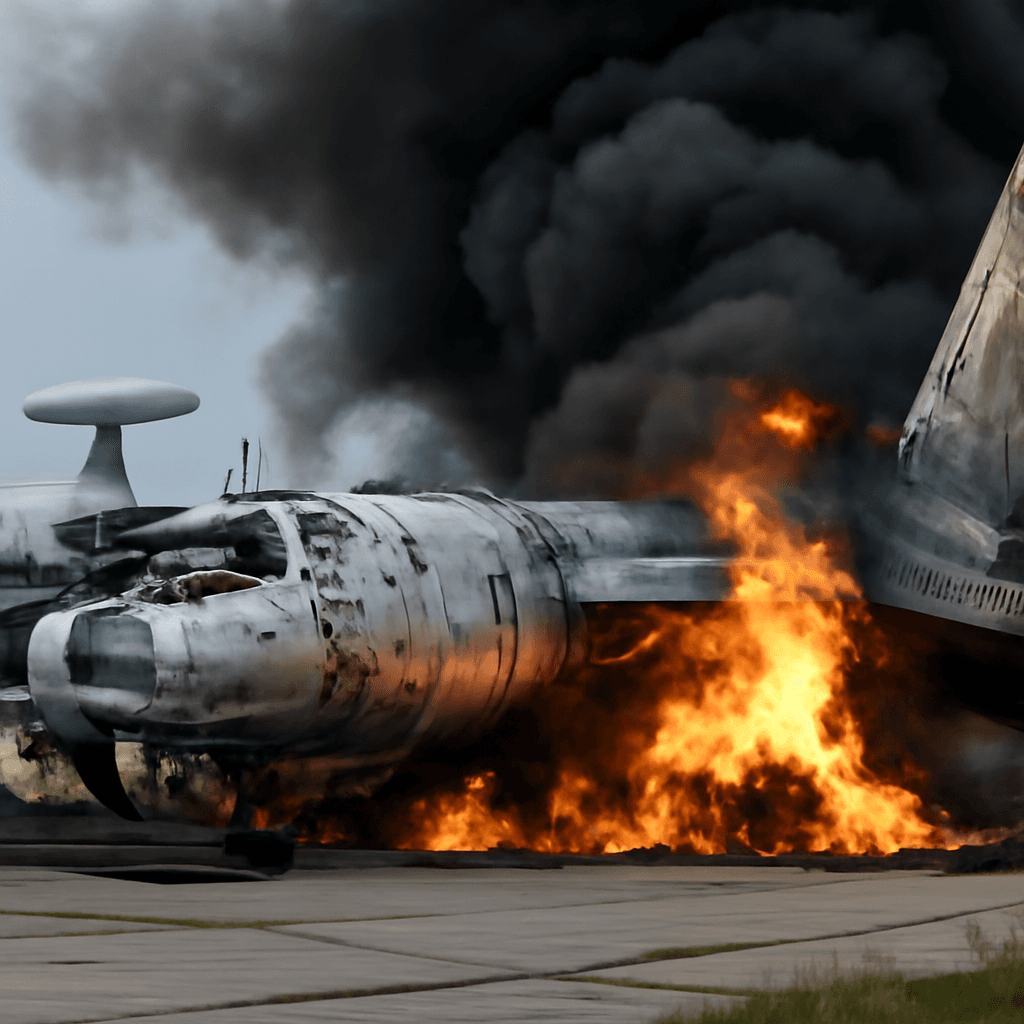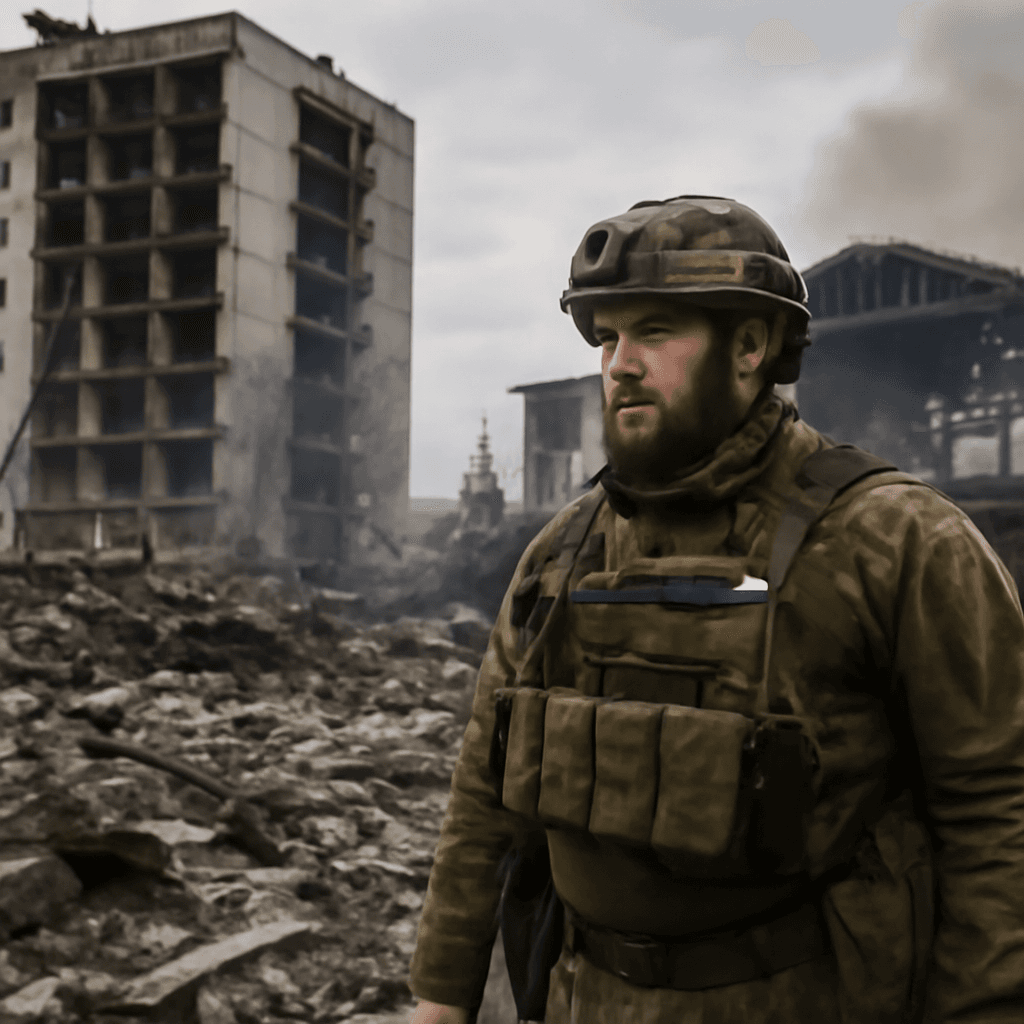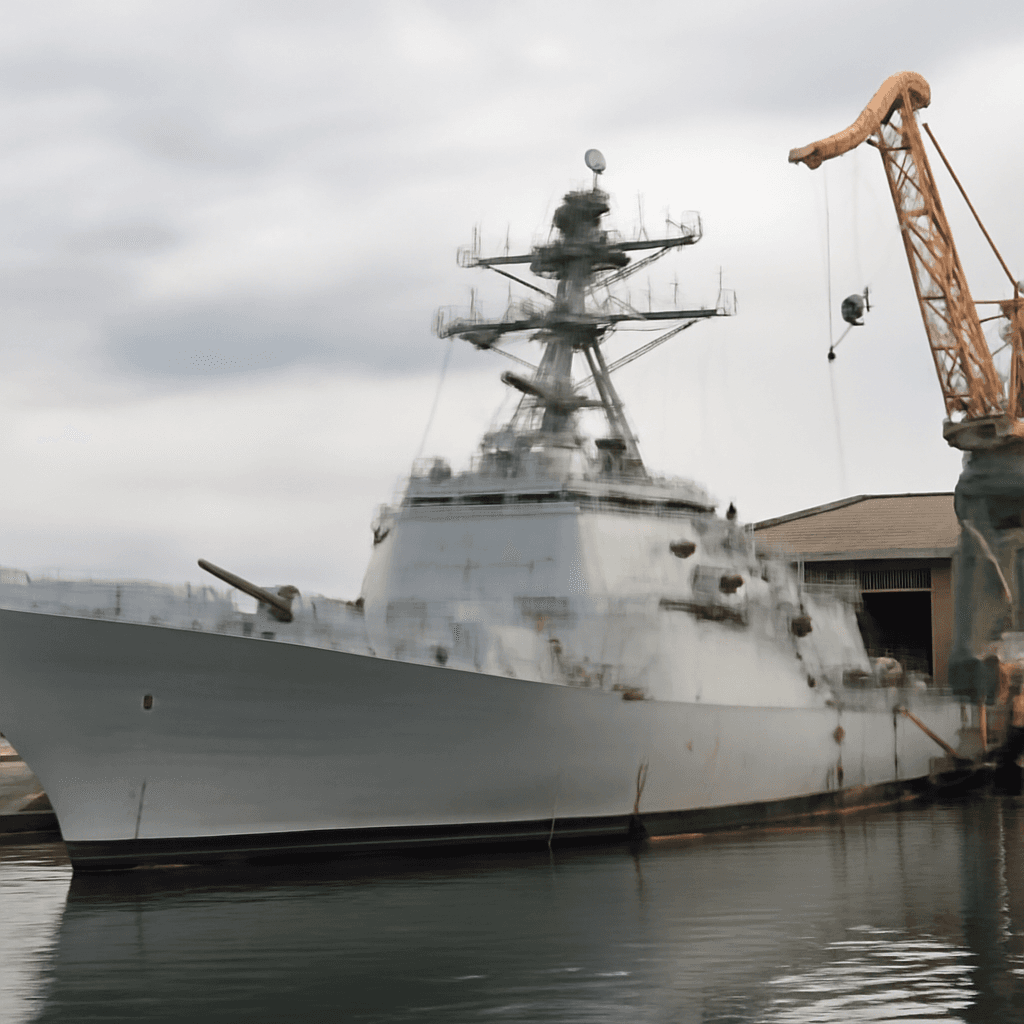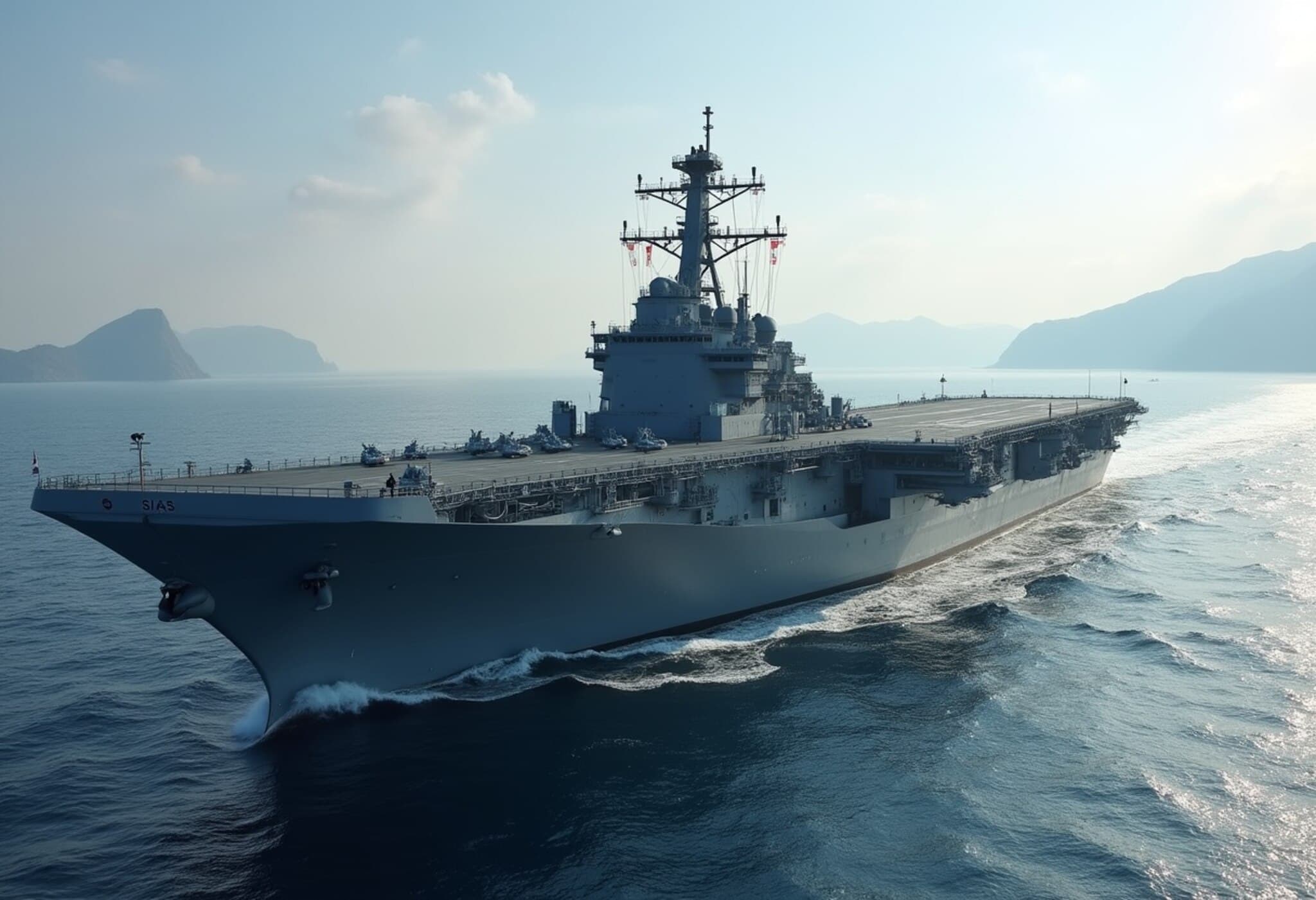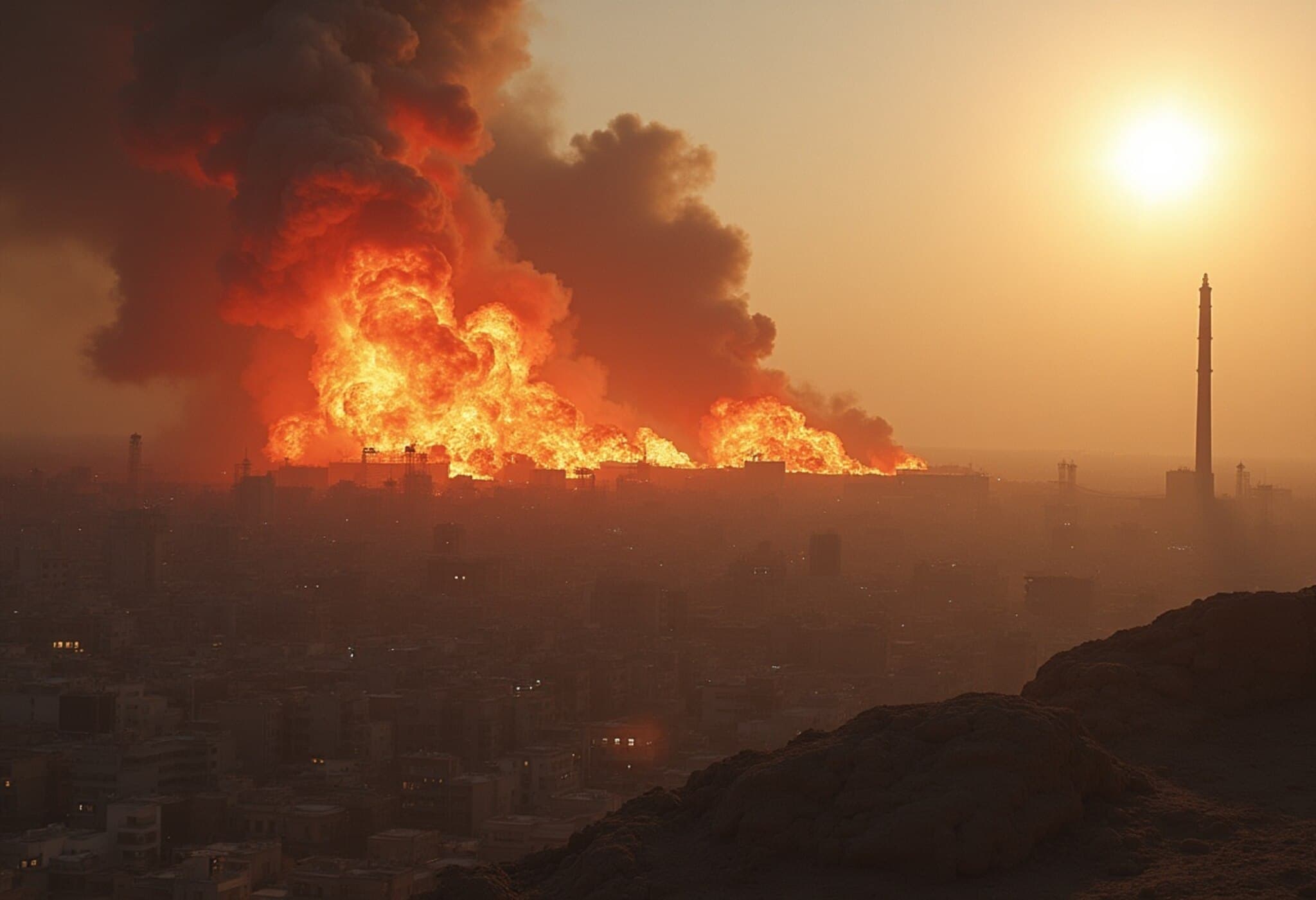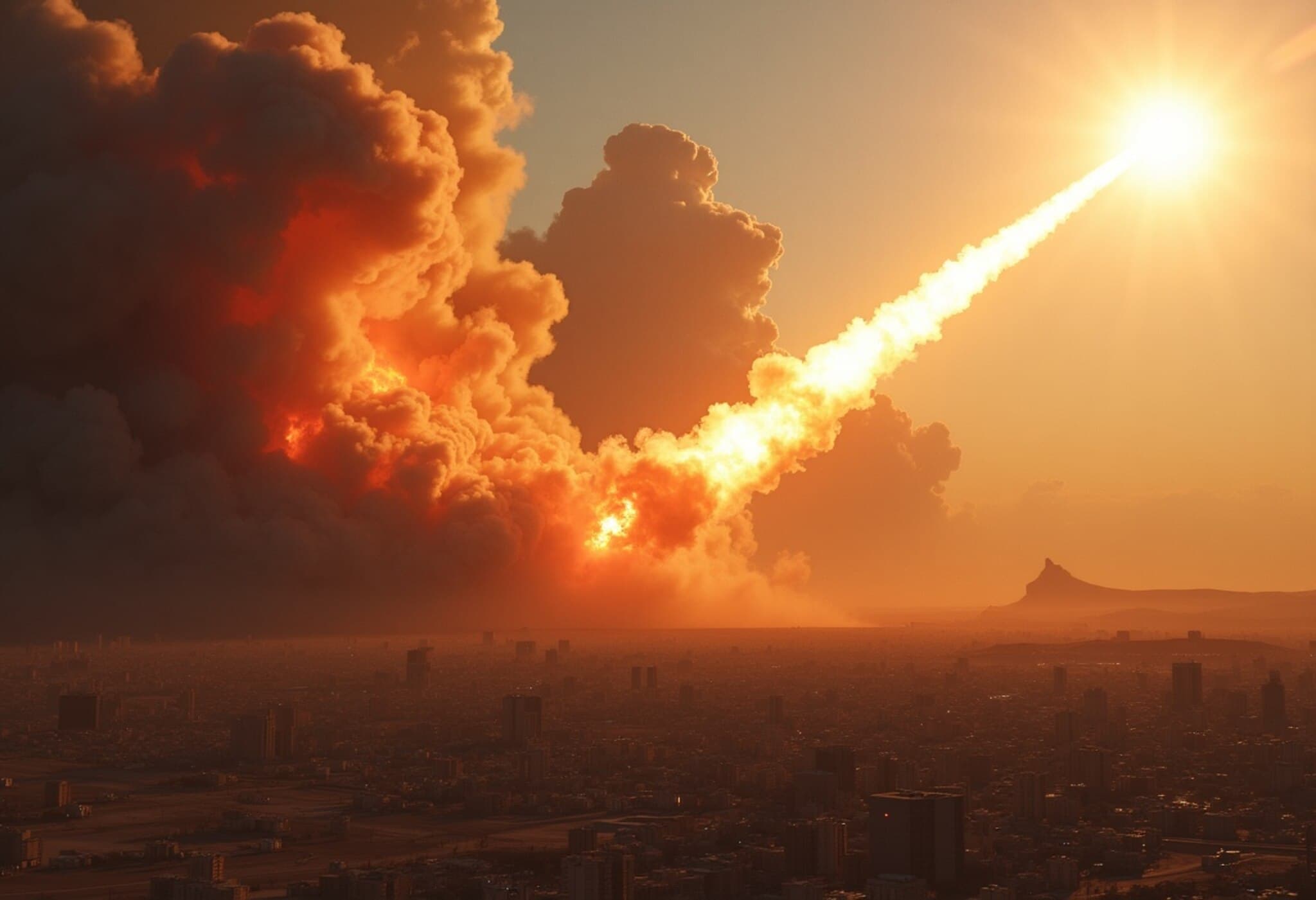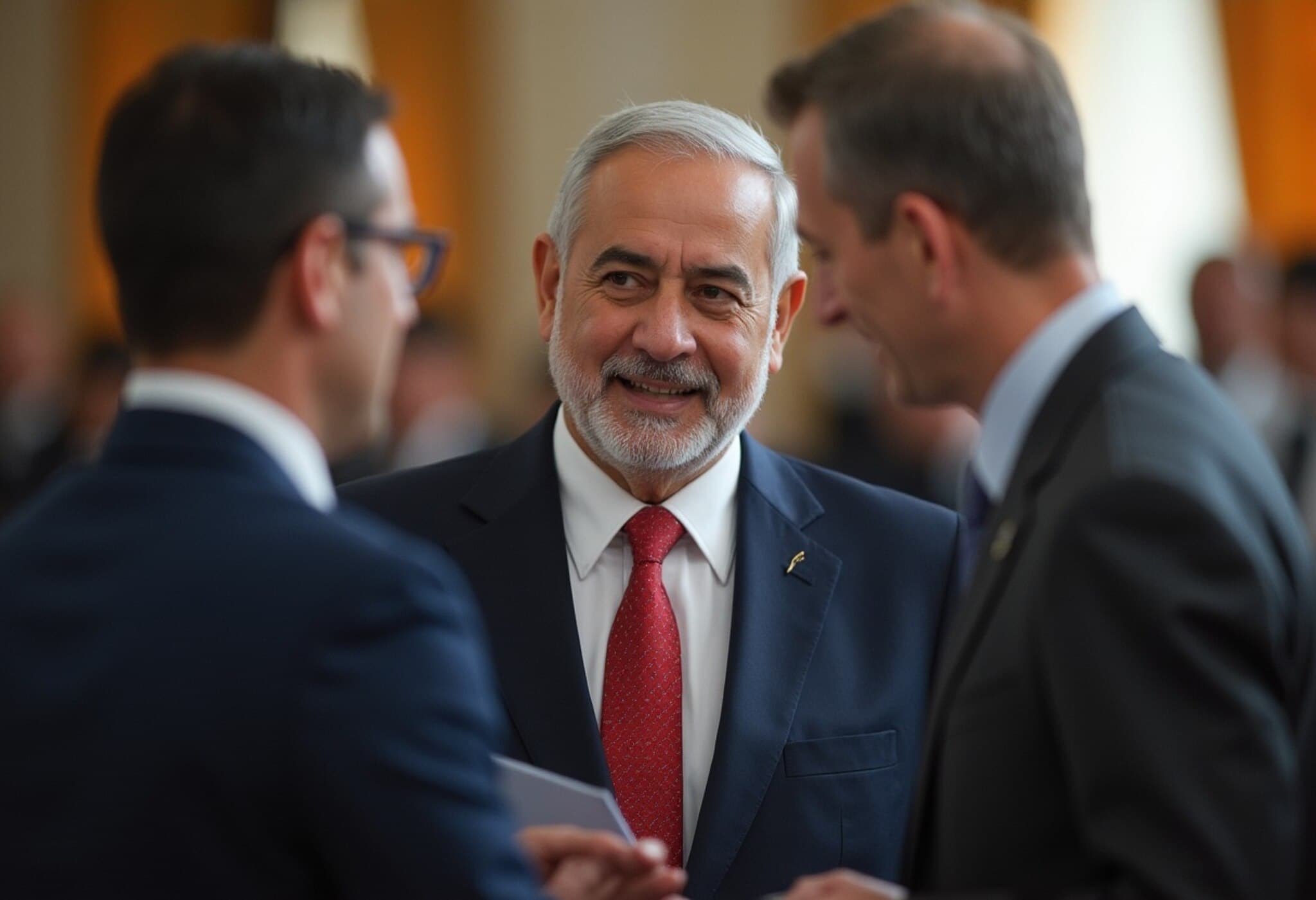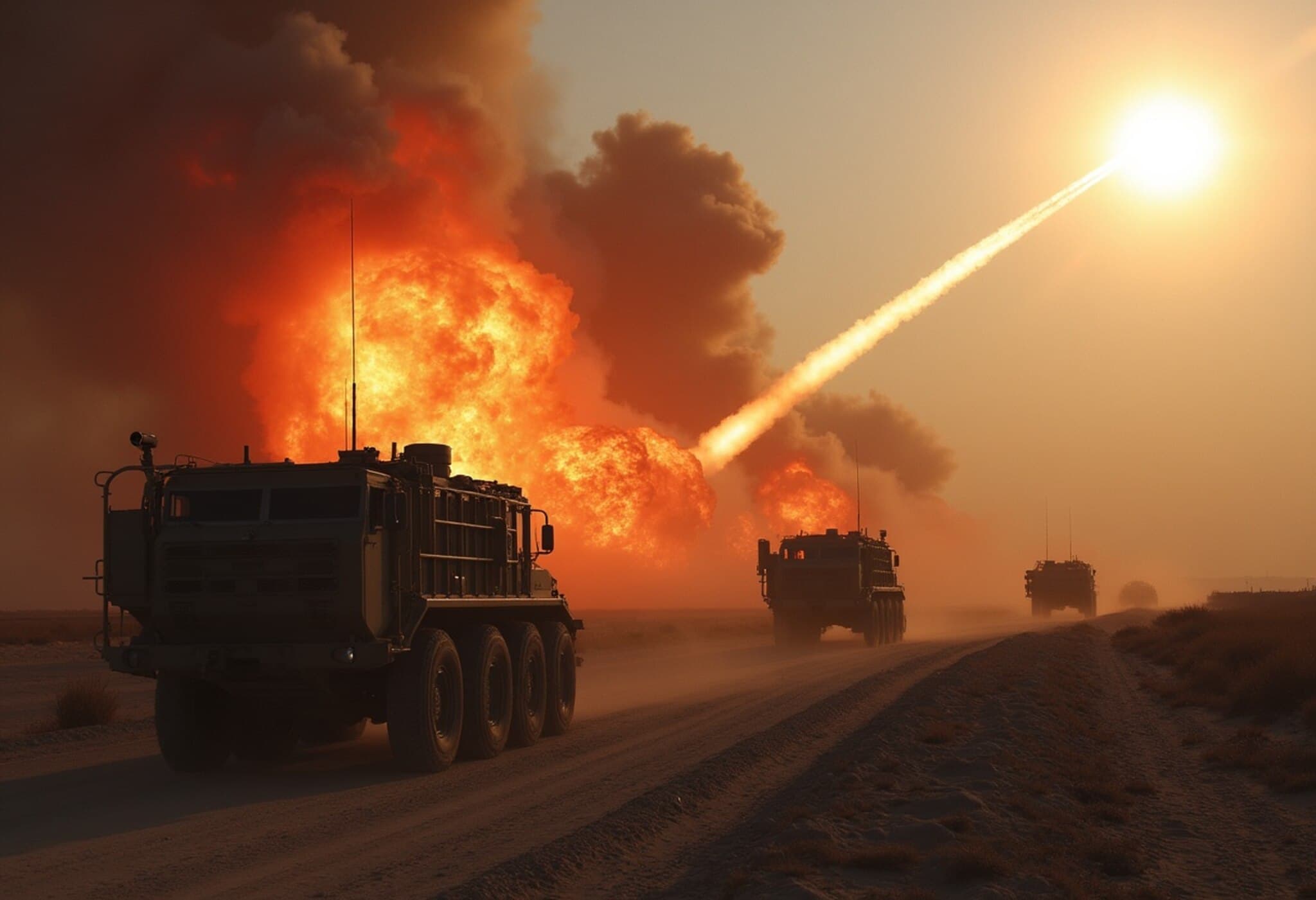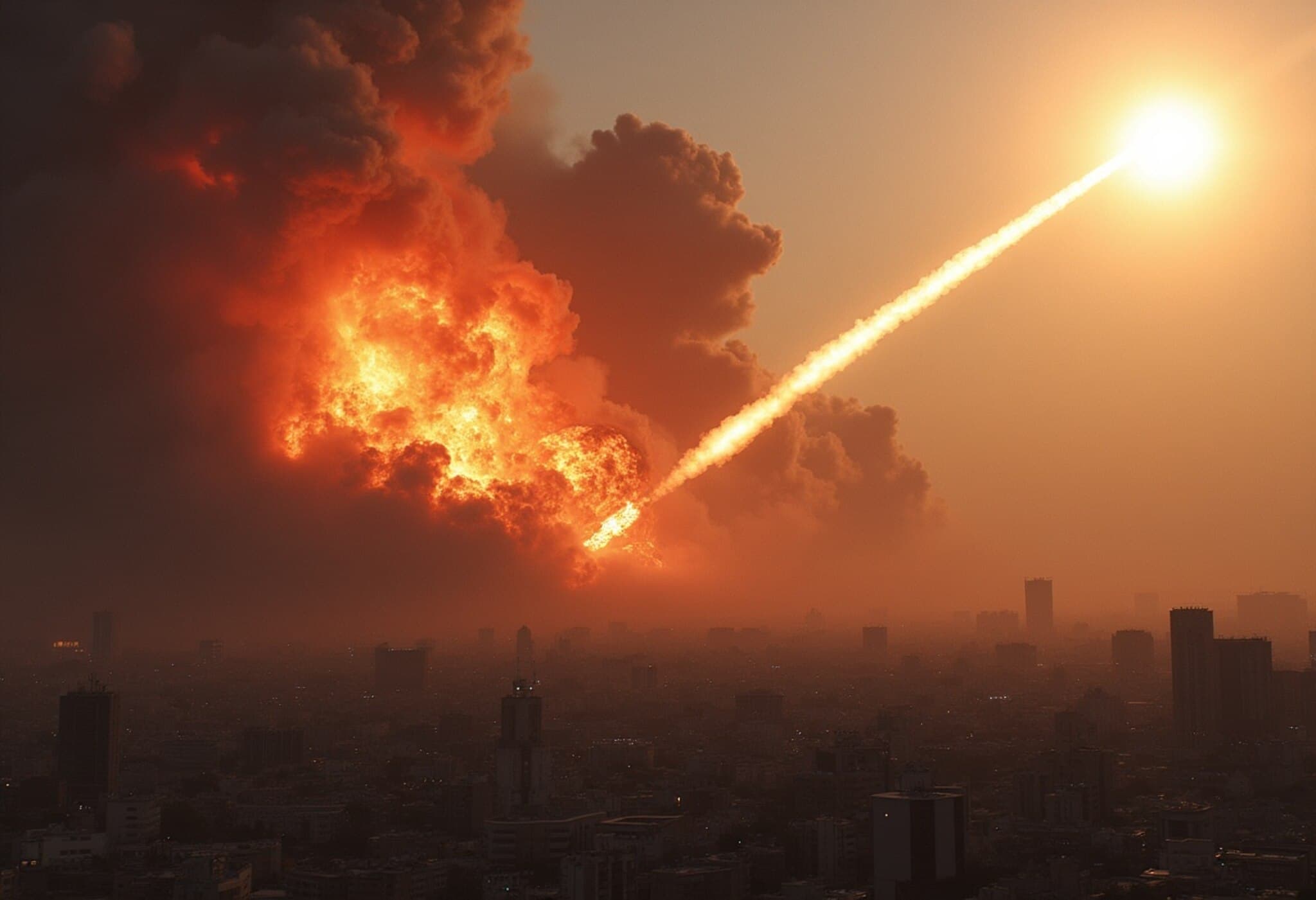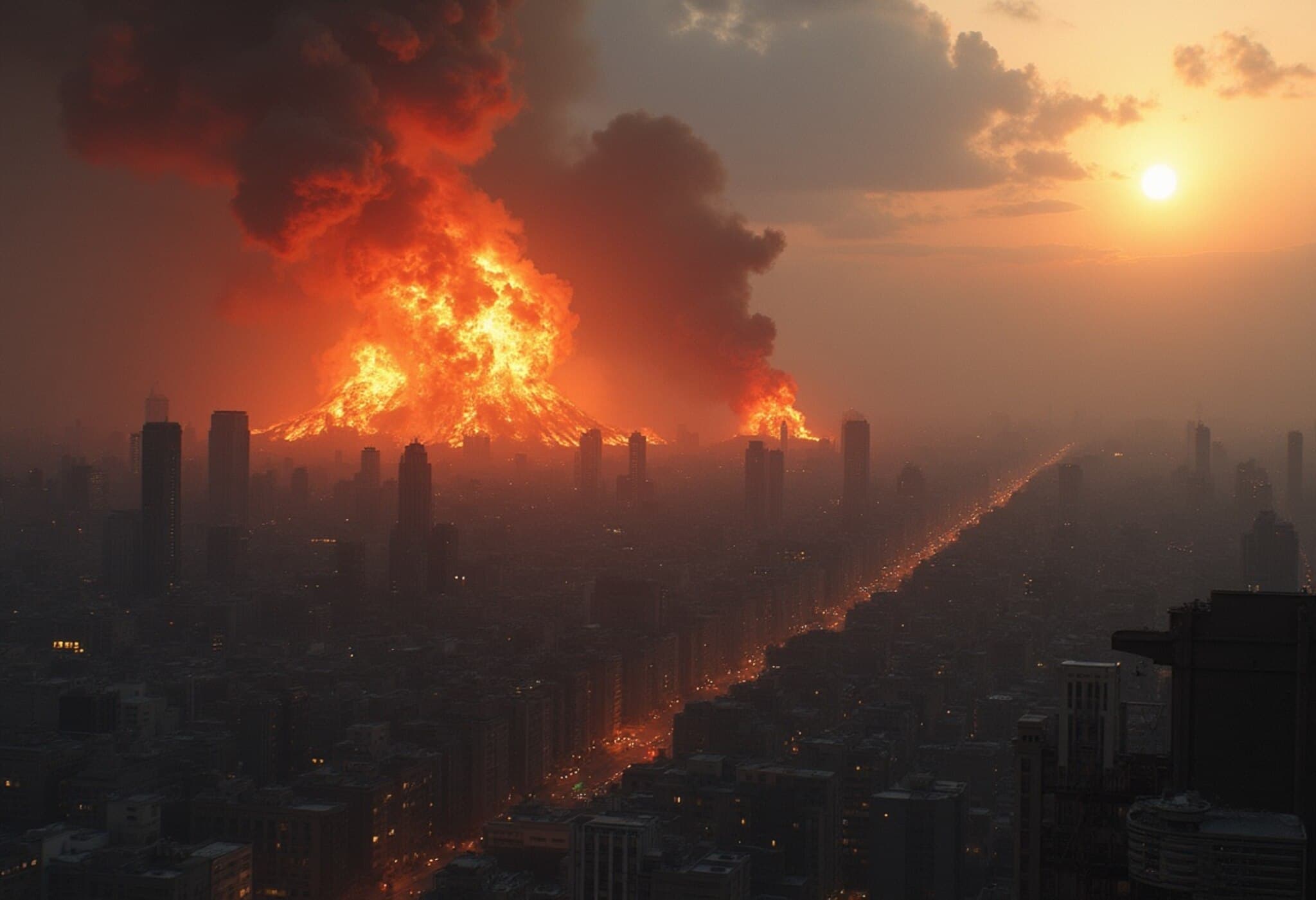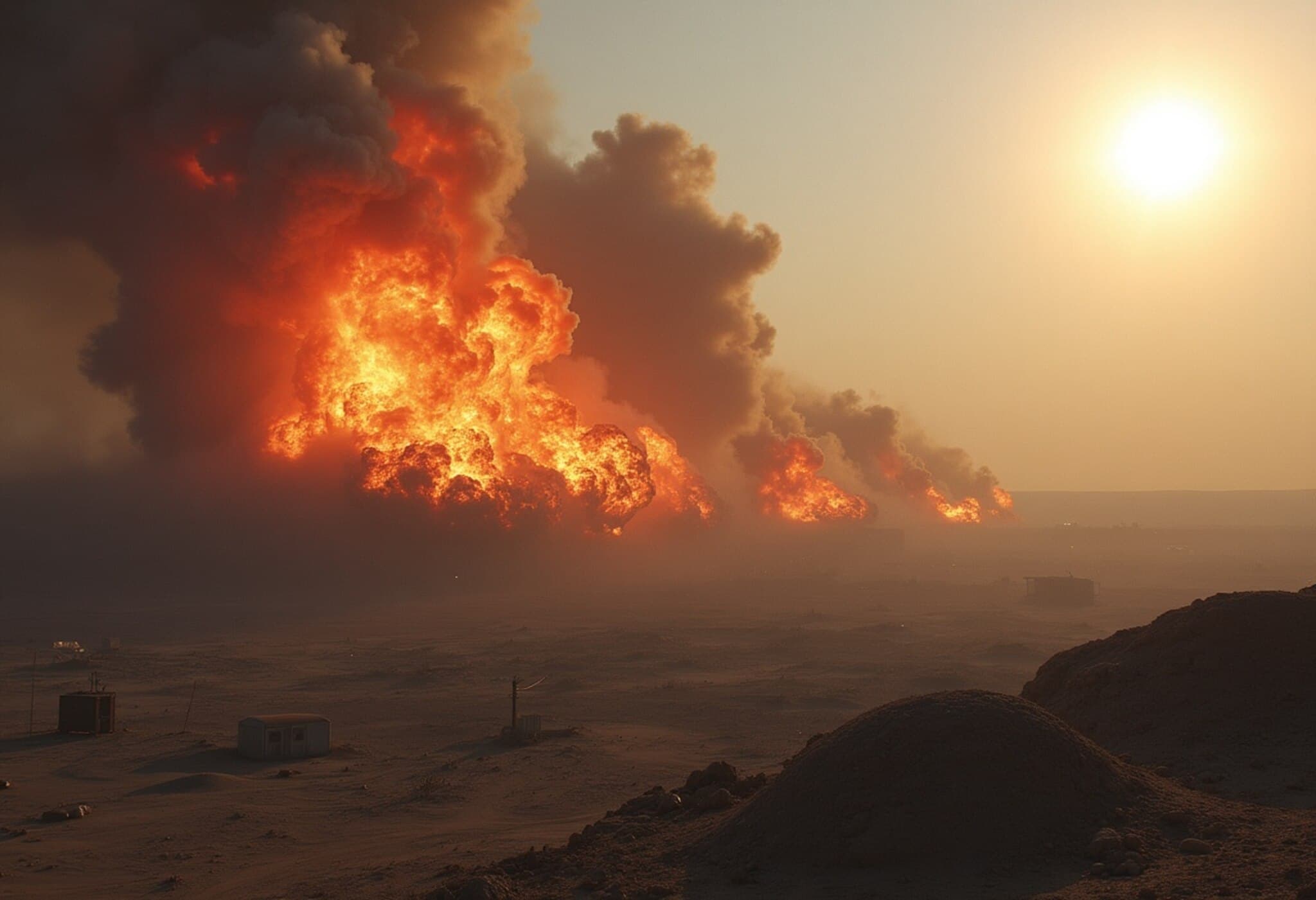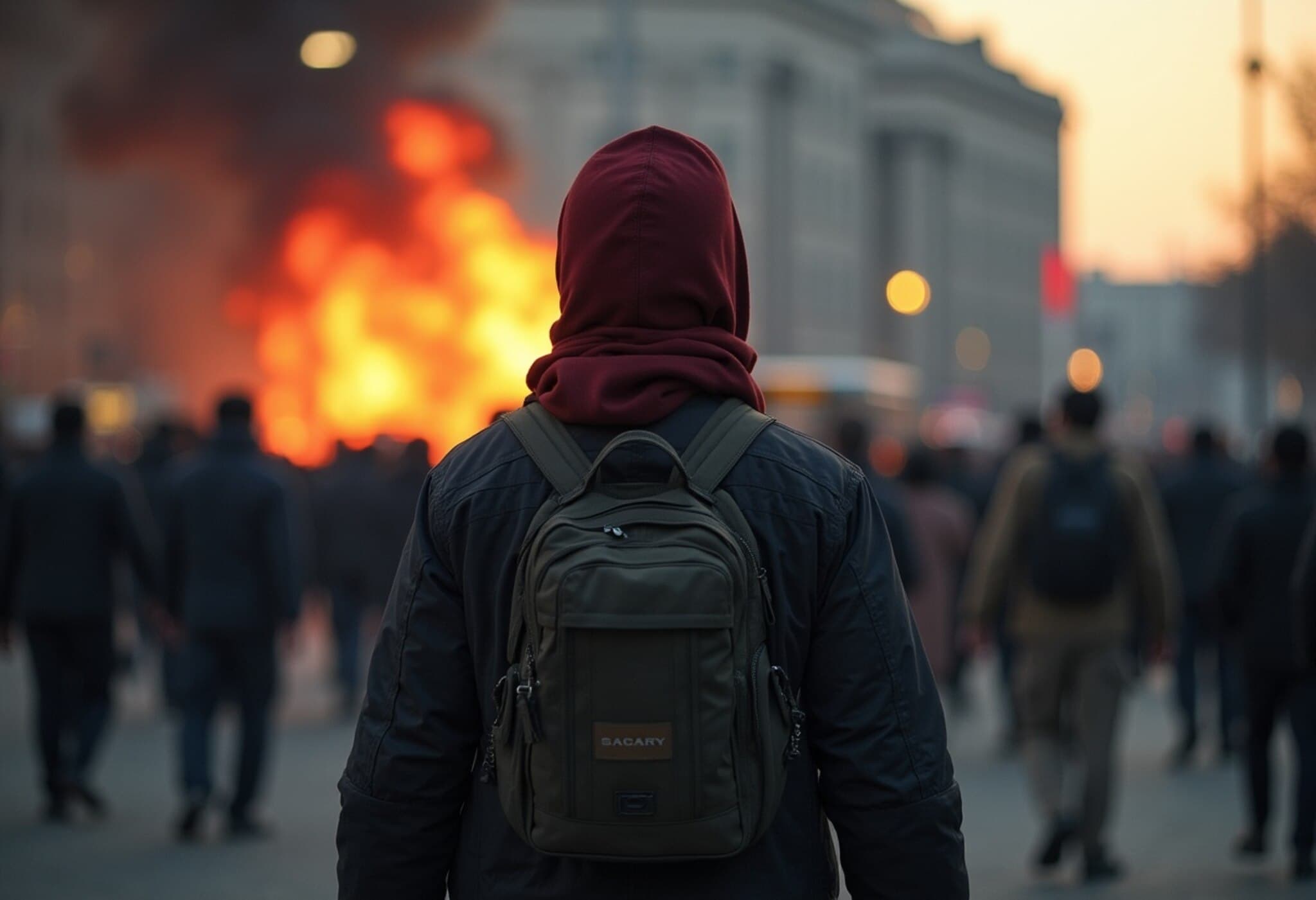Conflicting Reports on Impact of US Airstrikes on Iran’s Nuclear Sites
Following the US air campaign targeted at Iran's nuclear facilities on June 21, significant uncertainty remains over the condition of Iran’s uranium stockpile. The operation, dubbed Operation Midnight Hammer, struck three critical sites: Fordow, Isfahan, and Natanz.
Mixed Statements from US Officials Cast Doubt
Senior US officials have admitted that the exact outcome regarding Tehran’s near-bomb-grade uranium remains unclear. Vice President JD Vance told media outlets that while the strikes have substantially delayed Iran’s nuclear weapons development, it is uncertain whether the sites were completely destroyed.
He commented, "Severely damaged versus obliterated — I’m not exactly sure what the difference is. What we know is we set their nuclear programme back substantially." Vance further emphasized ongoing efforts to prevent Iran from utilizing its existing uranium fuel.
Trump Reaffirms Devastating Impact, Citing Satellite Evidence
In contrast, former President Donald Trump strongly asserted that the strikes had completely obliterated Iran's nuclear infrastructure. Highlighting satellite imagery, he claimed the damage was "monumental," especially to the deeply embedded Fordow facility.
Trump noted, “The biggest damage took place far below ground level. Bullseye!!!”
Imagery revealed that multiple Massive Ordnance Penetrators, each weighing 30,000 pounds, penetrated the mountain where the Fordow enrichment plant is housed. However, Israeli military assessments suggest that although the site suffered severe damage, it was not entirely destroyed.
Fuel Relocation and Stockpile Status Remain Unclear
Intelligence reports indicate that Iran anticipated the strikes and may have preemptively relocated substantial quantities of enriched uranium along with associated equipment. Estimates suggest approximately 400 kilograms (880 pounds) of uranium enriched to 60% purity was moved. This level is below the typical 90% threshold considered weapons-grade.
The enriched uranium is believed to have been stored at a secure underground facility near Isfahan.
Iran Denies Radiation Risks and Contamination
Responding to the attacks, Iranian authorities downplayed any nuclear contamination risks. The nation’s National Nuclear Safety System Centre reported no detected radioactive releases and assured the public that no danger exists for residents near the targeted sites.
State media emphasized that radiation detectors registered no abnormal activity following the strikes at Fordow, Isfahan, and Natanz.
US Objectives and Strategic Implications
The stated purpose of the operation was to halt Iran’s nuclear enrichment capabilities and diminish the threat posed by its nuclear program. US officials have framed the strikes as a necessary step to prevent Tehran, a leading sponsor of terrorism, from developing nuclear weapons.
While the full extent of the damage and disruption remains under evaluation, the strike signals heightened tensions and ongoing challenges in curbing Iran’s nuclear ambitions.


